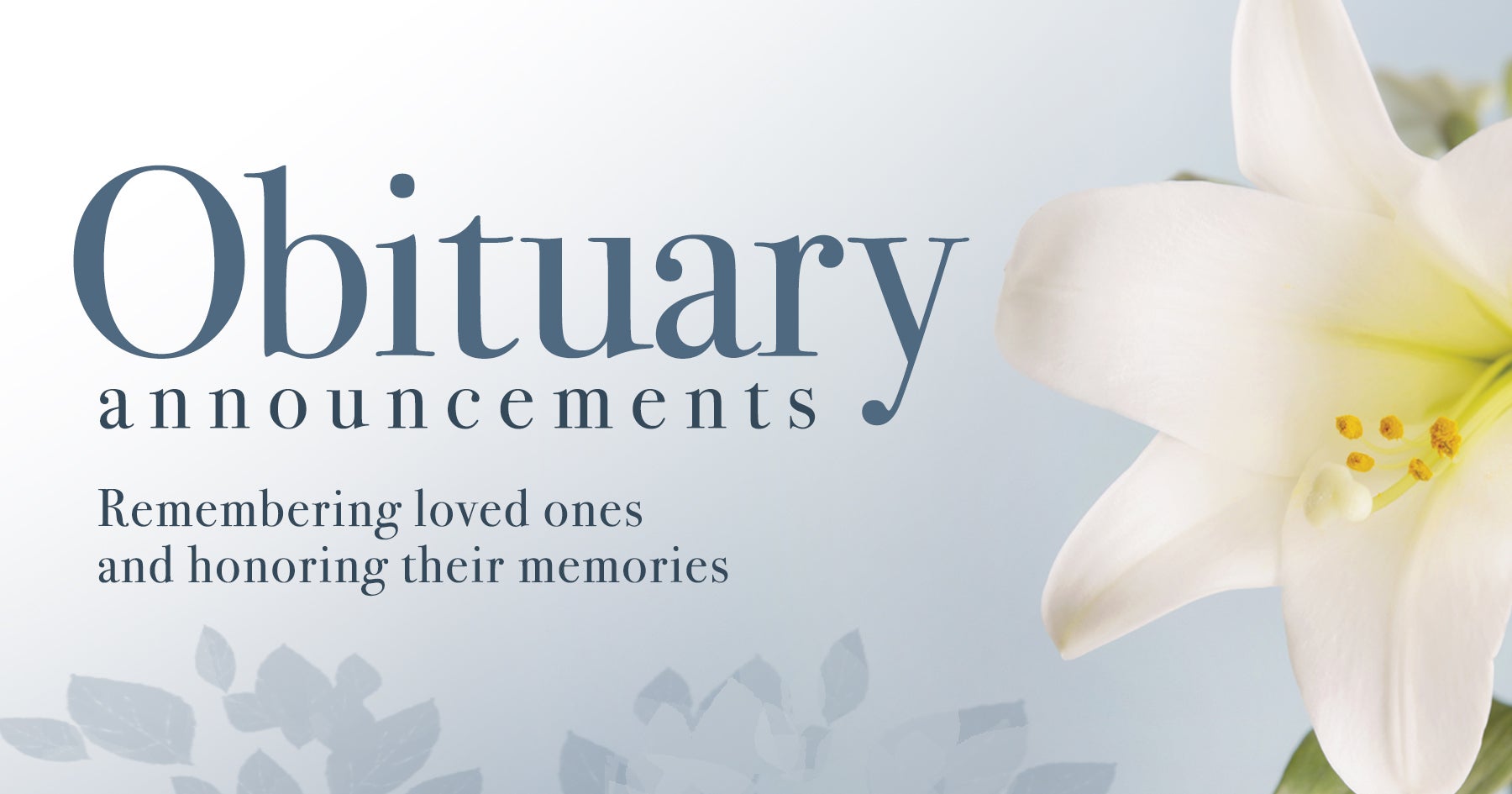Community hospital vital to county
Published 12:11 pm Thursday, February 28, 2019
|
Getting your Trinity Audio player ready...
|
It was a cold November afternoon in the Camellia City as an arctic breeze blasted through the town — one of those bitter cold days that makes your bones hurt.
The waiting room at the then L.V. Stabler Memorial Hospital was packed to the gills with patients in need of various types of medical attention. As more and more patients arrived with family members in tow, it quickly became difficult to find a seat.
There was an older black lady there who was whisked away quickly to an evaluation room in the back after complaining of chest pains. Her son arrived minutes later with tears in his eyes. He too was rushed to the back. More and more family members began to arrive and gathered outside hugging and crying.
There was an elderly white man patiently sitting with his son after suffering a cut deep enough to need stitches. The two were discussing everything from the upcoming Christmas holiday to that weekend’s college football games.
My wife, Jennifer, who was dehydrated and in pain following surgery less than a week before in Birmingham, and I were also in the waiting room anxious to see a doctor. It was our first time visiting Greenville’s community hospital, but far from our first visit to a community hospital.
Over the years, we’ve both been patients in the hospitals in Atmore and Columbia, Miss. From outpatient procedures such as CT scans and blood work to overnight evaluations and extended stays like Jennifer’s week in ICU following a blood clot, we have always chosen our hometown hospitals over larger ones often found in metropolitan areas such as Birmingham, Montgomery and Mobile. So when Jennifer wasn’t feeling well following her surgery, we didn’t hesitate to visit L.V. Stabler instead of making the journey back to the Magic City.
Of course, we all hear the naysayers, those people that bad mouth community hospitals — emergency rooms mainly — because they had to wait two hours in the waiting room or because other patients were treated before them. What they oftentimes fail to mention during their rants is that they were visiting the ER for a winter cold and the people that were treated before them were — well — sicker. Simply put, someone having chest pains needs and deserves to be evaluated by a doctor before your runny nose is tended to.
After about an hour of waiting, more patients began being called to the evaluation rooms. However, that quickly changed as the sounds of sirens rang out in the waiting room. Not one, but two ambulances quickly pulled up to the unloading area and wheeled two patients into the back. Again, the patients arriving had more critical needs than those left waiting. So that’s what we did — we waited.
After about an hour and a half, Jennifer was finally called to the back. We were relieved, but understanding. It helped that the staff — from the lady at the admitting window to the nurse taking her medical history and vitals to the doctor — were all kind and understanding. They treated her well and were compassionate. When we left early that evening, she was already feeling better following the care and compassion they gave her.
That’s what community hospitals are all about — the community. We knew several of the people working that afternoon. We met several new folks that we will consider friends because of the way they cared for their patients, who just happen to be their neighbors. Those are just a few examples that put the word “community” in community hospital.
When Ivy Creek of Butler announced the imminent closure of Georgiana Medical Center early this month, this story quickly came to mind. Of course, the loss of jobs is devastating, but the Town of Georgiana not having this type of care available in the south part of Butler County will definitely leave a void. Fortunately CEO Mike Bruce also announced plans to place more than half of those nearly 50 staffers at other facilities, while Greenville Mayor Dexter McLendon added that with the closure, the Camellia City’s hospital will pick up the slack.
As a result, McLendon also announced that L.V. Stabler Memorial Hospital would immediately begin its transition into the Regional Health Center of Central Alabama, a member of the UAB Health System. Those changes are already being noticed. It will take a while for all of the changes to sink in, but over time, it will prove beneficial to all parties involved. It will surely be stressful to hospital administration, physicians, nurses, support personnel and the hospital board, however, it should be embraced and supported by the community.
As for the near capacity crowd of patients in the Emergency Room that November afternoon, I can assure you that they were all treated. Were some of them upset after having to wait? I’m sure they were. However, keep one thing in mind next time you find yourself in the ER — you don’t know what’s going on with the patients in the back being evaluated or even the person sitting next to you in the waiting room.
The late evangelist Billy Graham once said, “Each life is made up of mistakes and learning, waiting and growing, practicing patience and being persistent.”
We could all learn from Graham’s words. Most of us are guilty of not slowing down and forgetting about how our actions can affect someone else. When, in fact, we can simply slow down and wait our turn, whether in the community hospital’s waiting room or in line at the local restaurant.
With that said, patients should always remember, community hospitals are needed just as much as we all need to practice a little patience.




